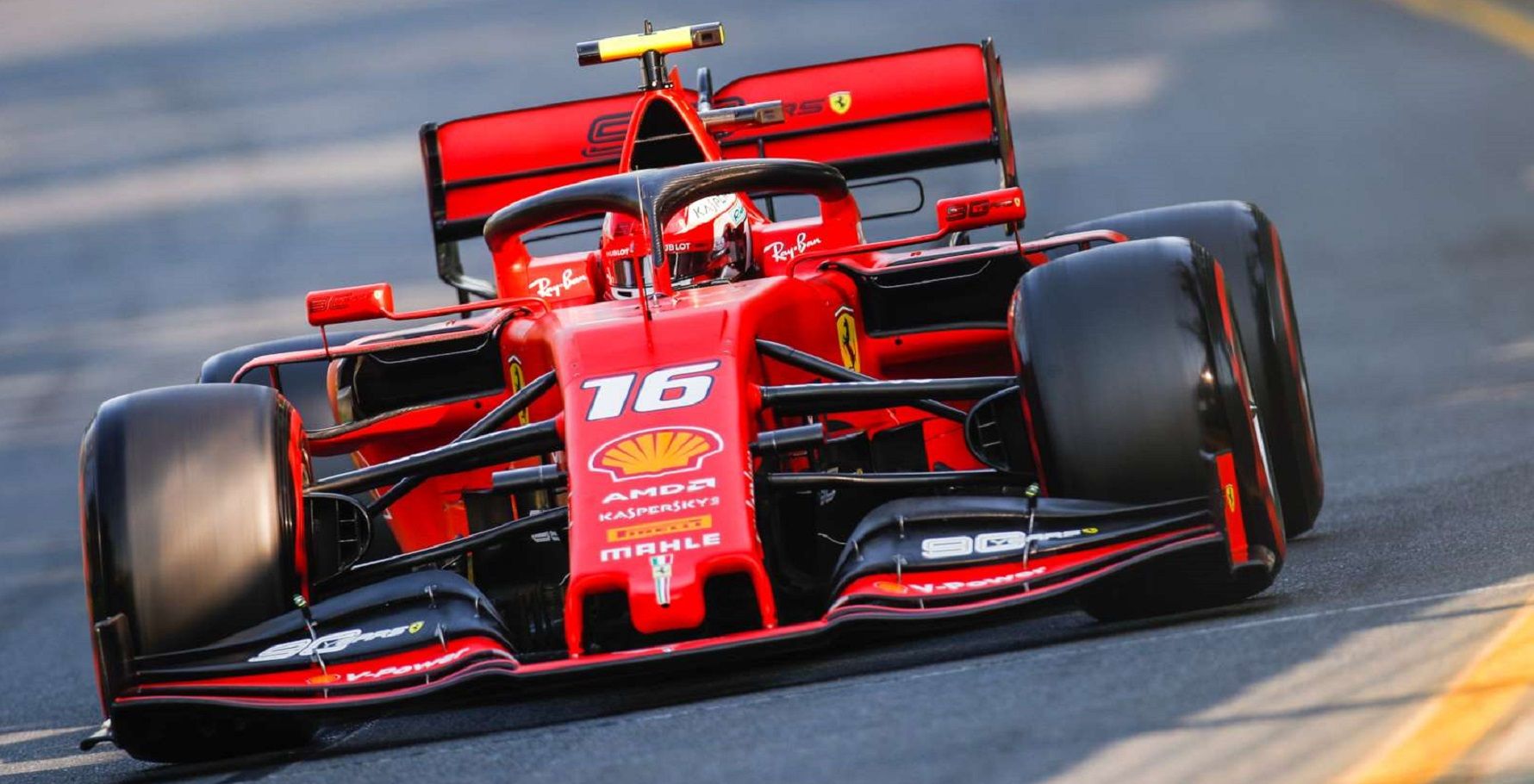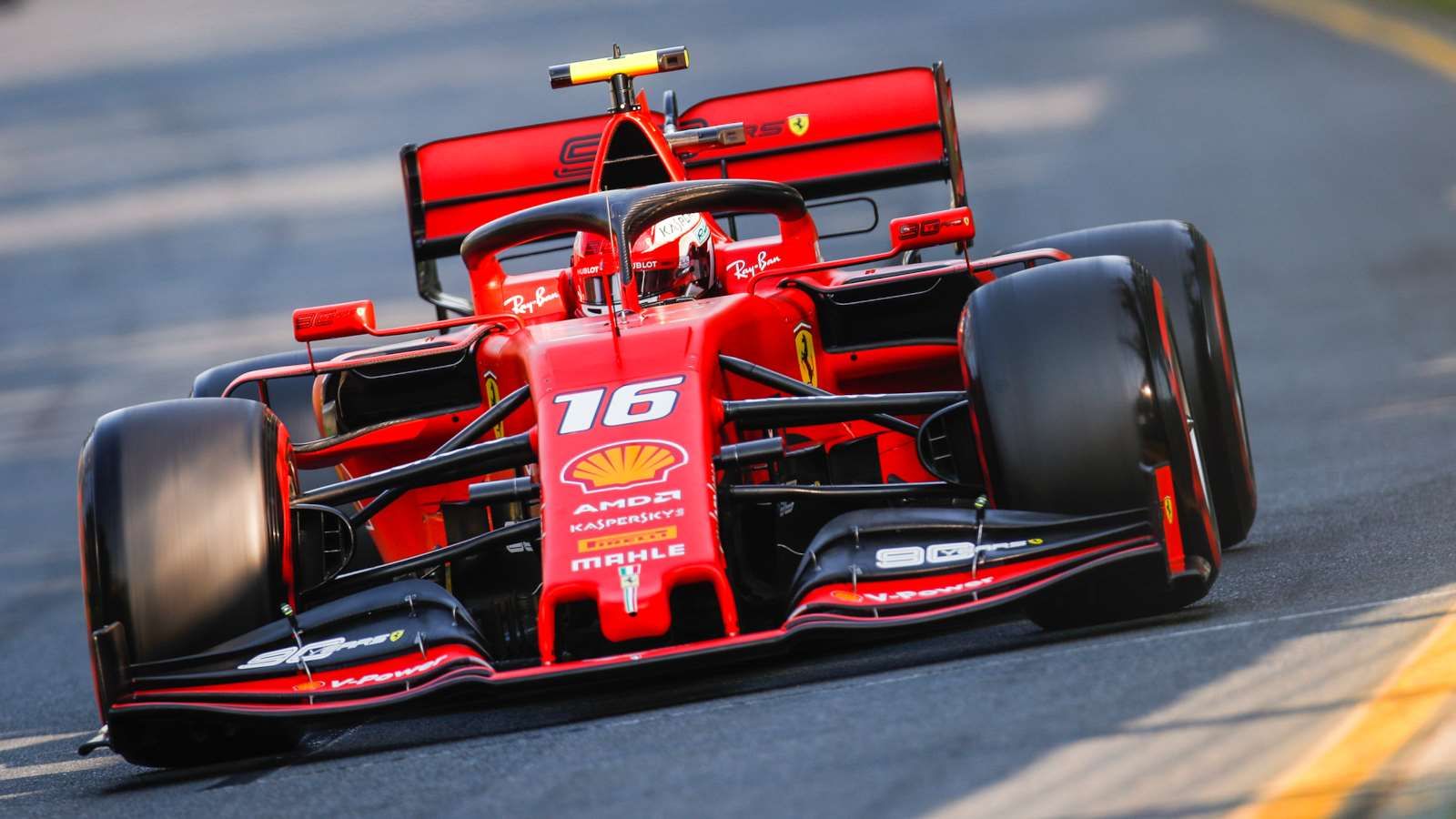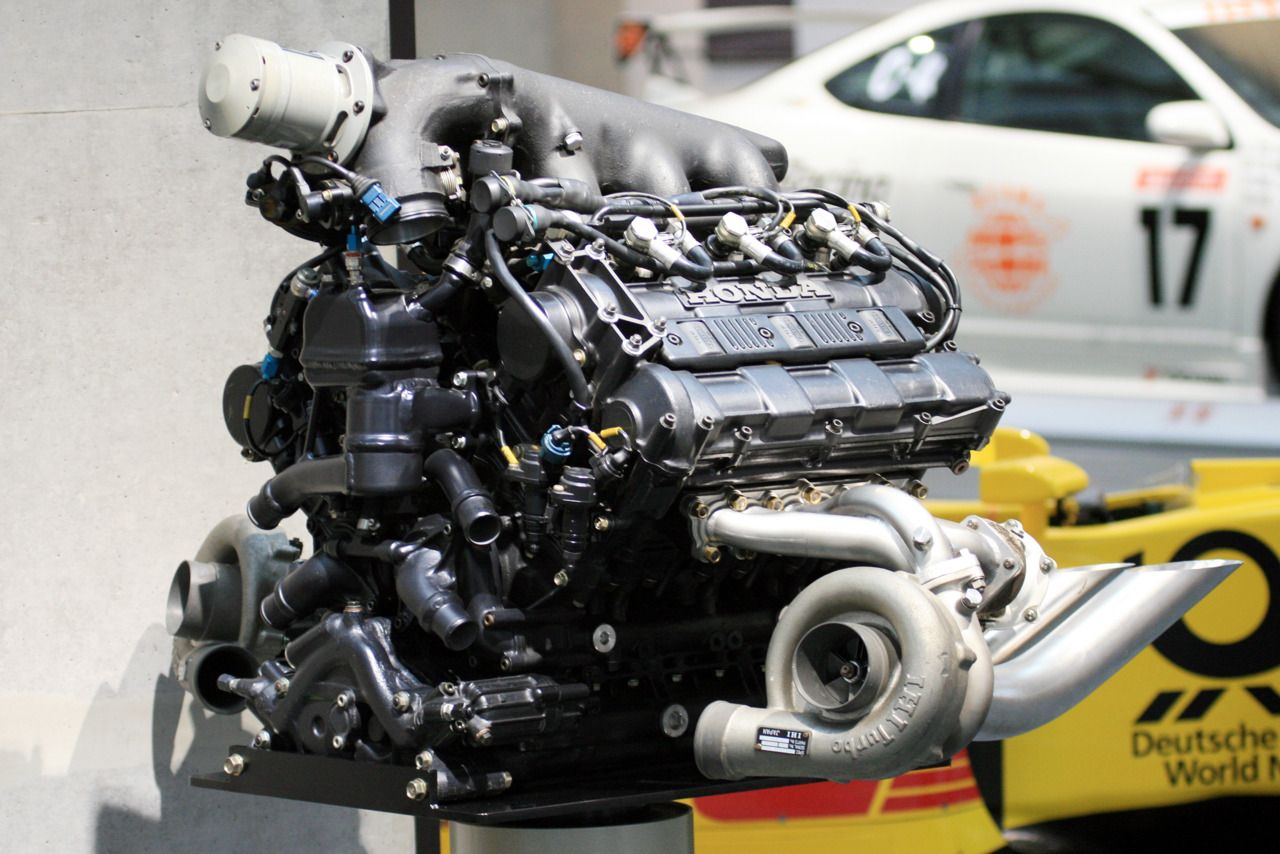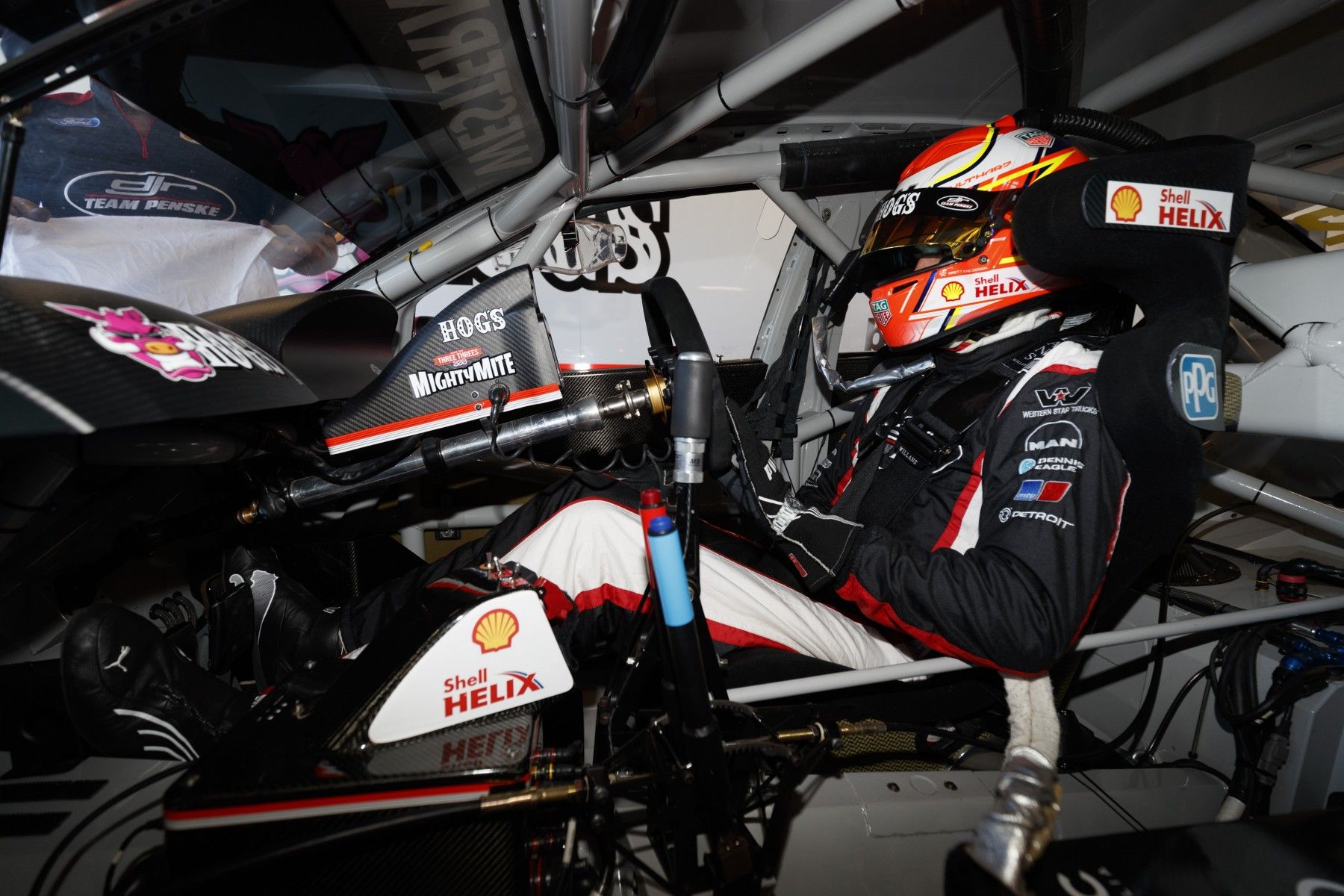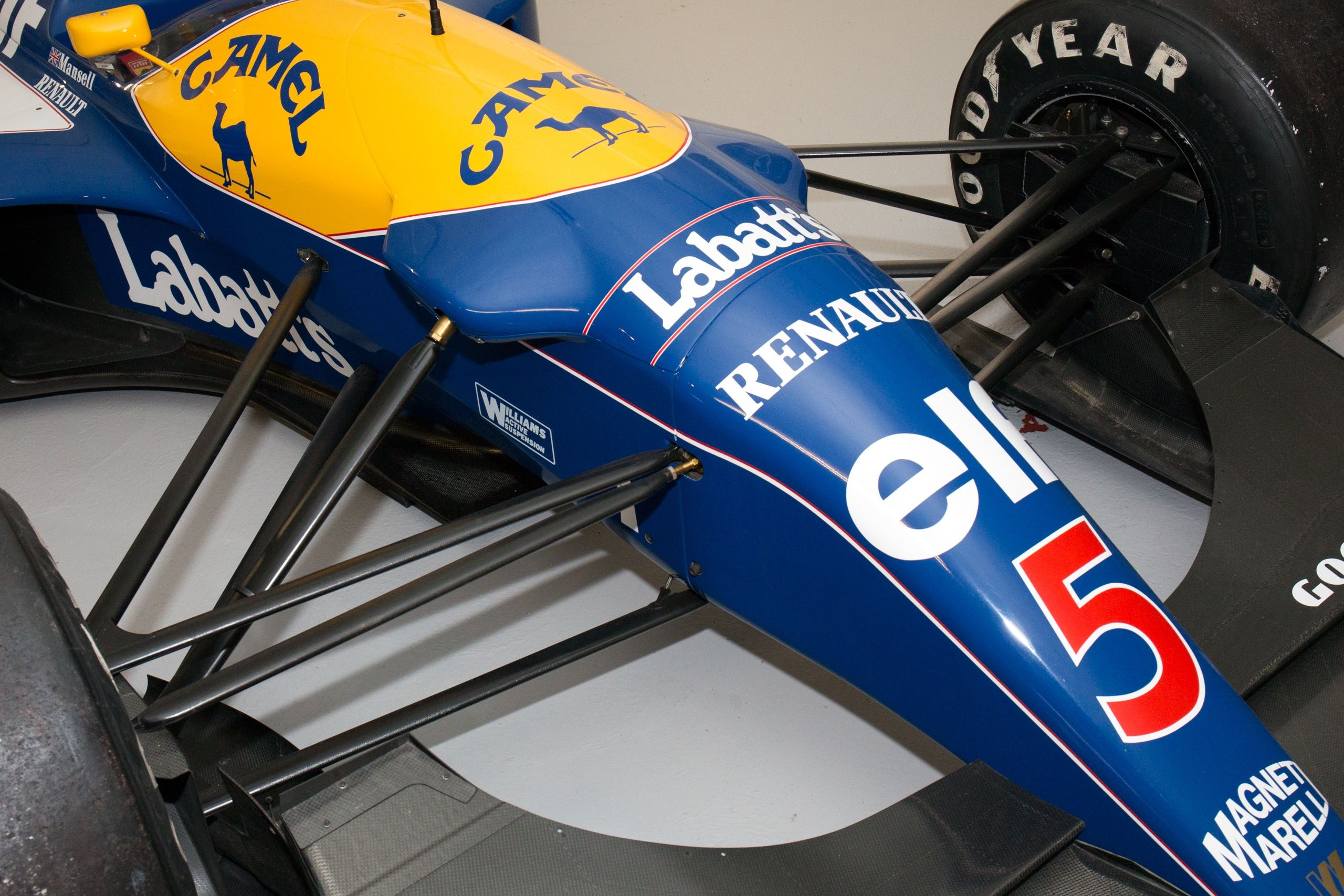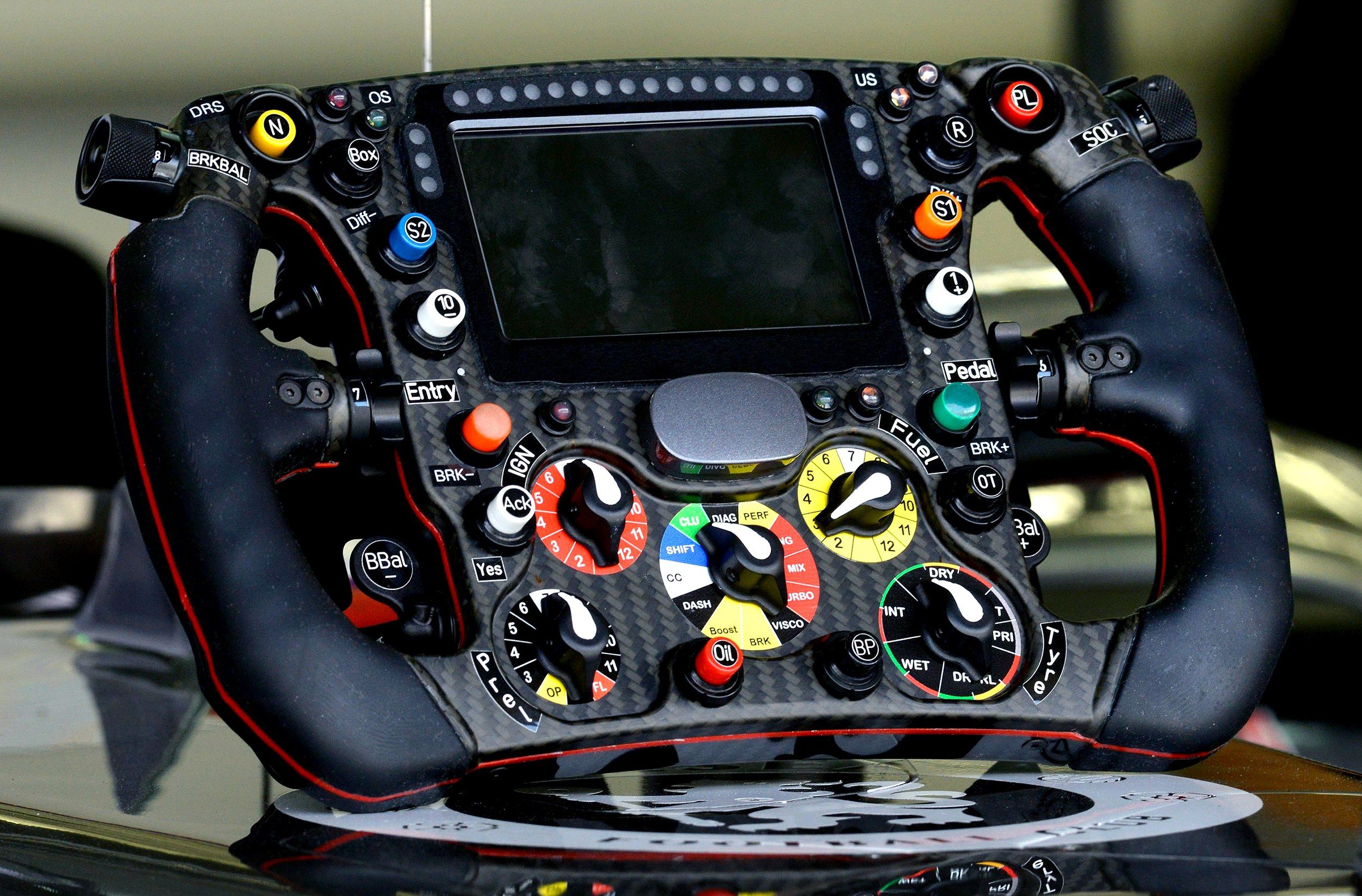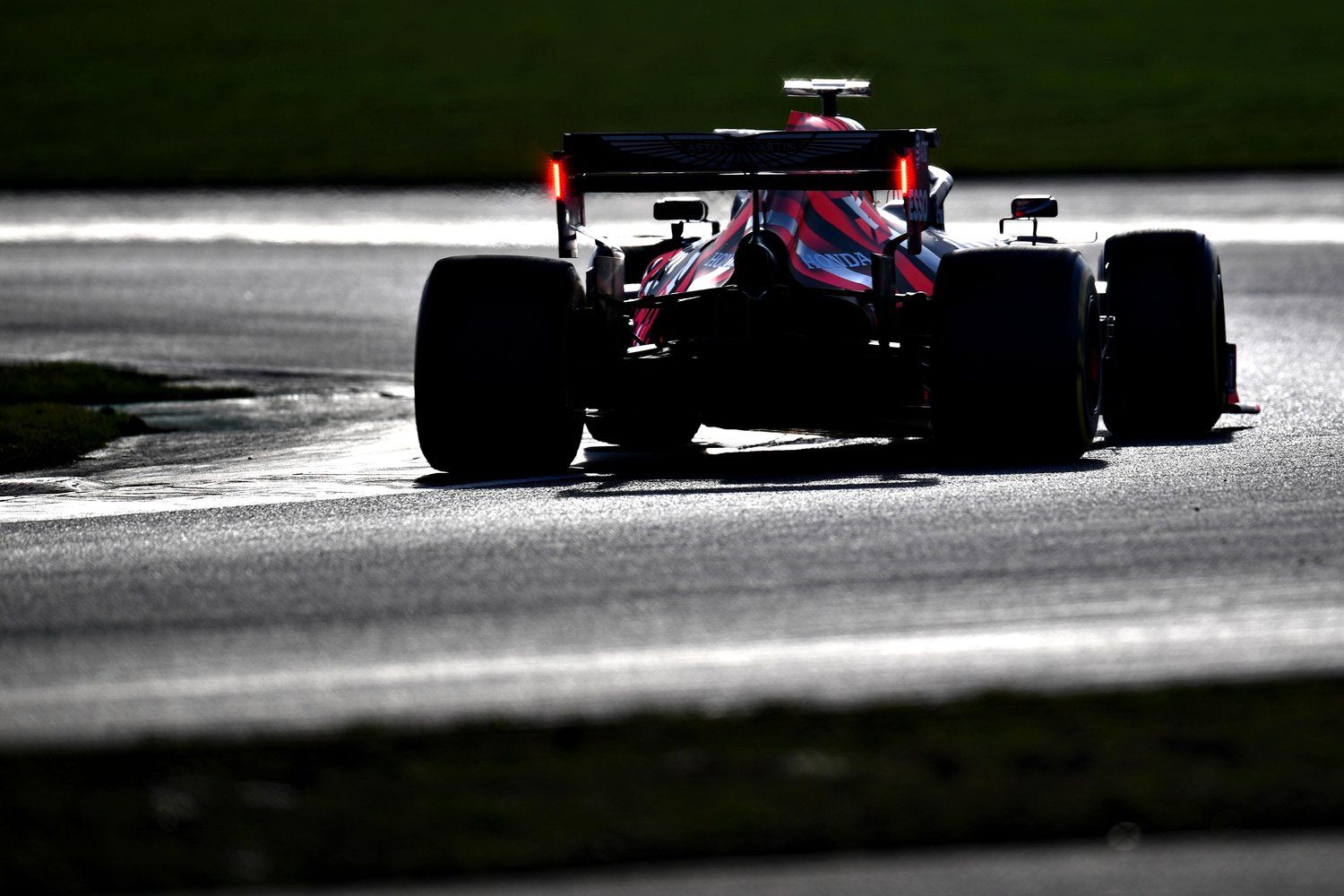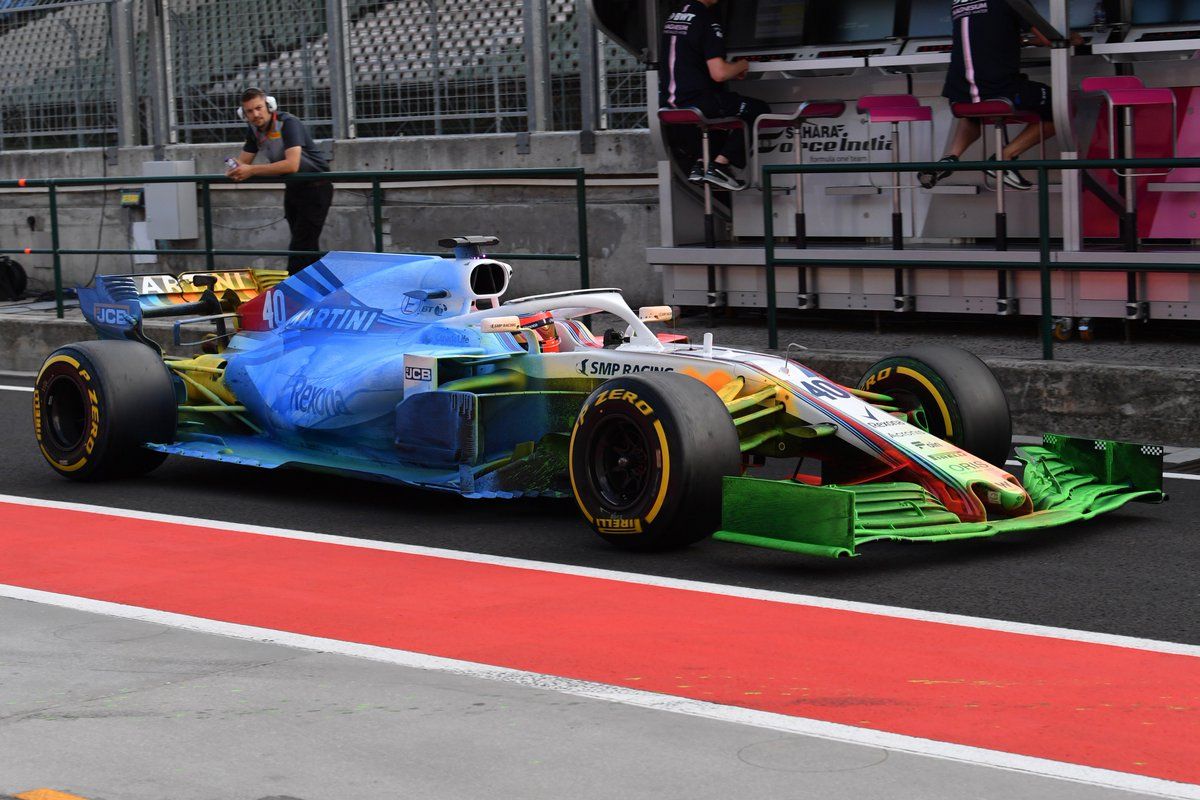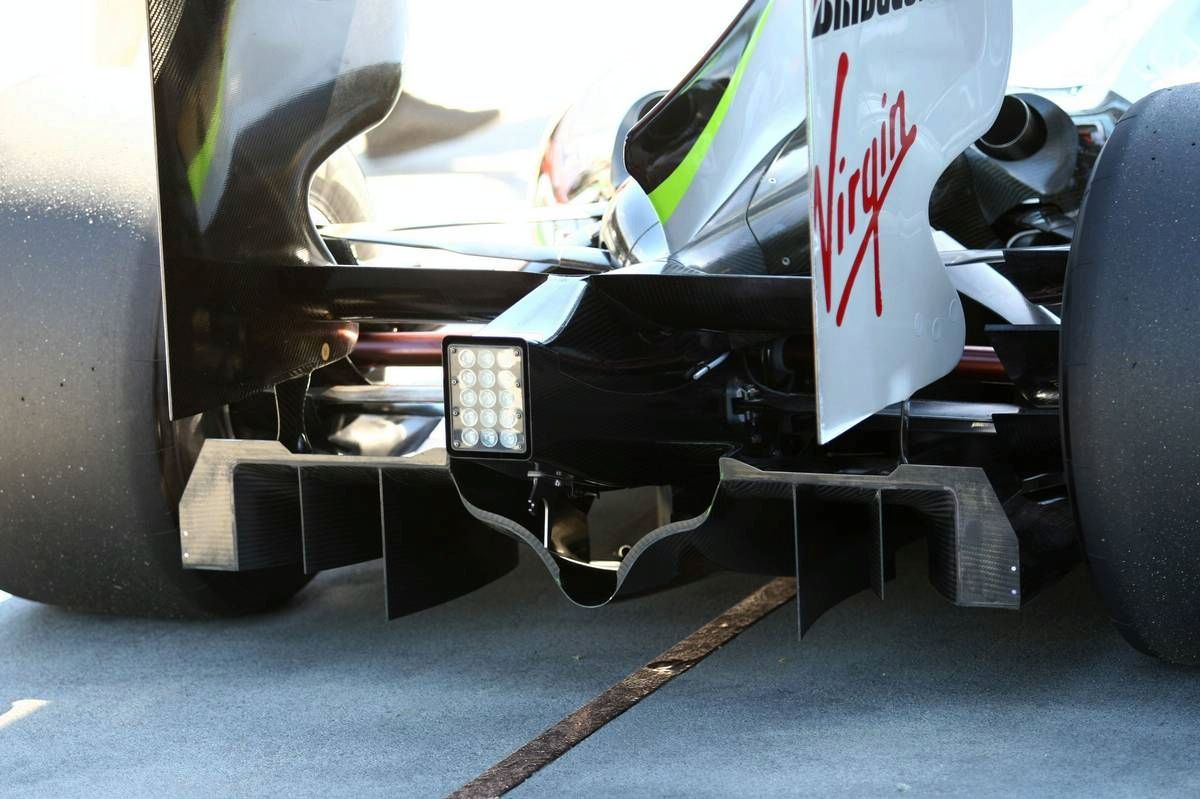To become the top dog in motor sports, one would have to have the most training, the best driving, and (most importantly) the perfect car. With the subsequent creation of the F.I.A. and other regulatory bodies, teams and companies work tirelessly to keep their race cars up to standards. In the process, engineers and strategist would look over the rules to bend them for a competitive advantage.
As a result, some of the greatest technological revolutions in racing have been because of simple loopholes. This, of course, does not discount the intense level of training and expertise to accomplish these amazing engineering feats. Here are some of the biggest innovations in the history of motor sports.
10 Timing Data
With the break-neck speeds that most modern race cars travel at, using a simple stopwatch isn't enough. In the past, lap times and data would be recorded on pen and paper with minimal accuracy.
Now though, we have high-tech materials throughout the entirety of the track to pick up speeds and telemetry, as well as on the vehicles themselves. With these changes, we can determine the exact times per lap and precisely how fast racers may be going.
9 The 'Halo'
Although many Formula One fans strongly dislike the Halo for "ruining" the car's looks, it still provides an important purpose. After multiple crashes involving airborne vehicles and close calls with the cockpit, the F.I.A. decided to step in with new regulations.
After years of testing, the final result was the Halo. In terms of safety, it's a marvel that aids in the aerodynamic package of the race car and secures the driver's safety. Soon, series like IndyCar and other open-wheel categories will have a Halo of some sort (If they do not already).
8 Carbon Fiber
During the 80s, racing teams around the world were working on finding a stronger, lighter, and safer material to use for their cars. Heavy metals weighed too much and other light-weight alternatives were too weak, but eventually carbon fiber was created.
Carbon fiber, when it was created, was the perfect new material for everyone's needs. It was so successful, in fact, that carbon fiber ended up on almost every high-end sports car on the market. Even in cars that aren't so valuable.
7 Hybrid Engines
In 2014, to combat concerns surrounding environmentalism and evolving technology, Formula One announced that their 2014 season cars would only have a 1.6 liter turbocharged V6 Hybrid. After the creation of these regulations, manufacturers and small teams alike worked to turn a hybrid V6 into a bona fide monster.
As companies began to understand the technology involved in the hybrid system, they implemented the same applied sciences to their road cars. It's thanks to sports like Formula One that we have increased understanding of hybrid engines and mechanical engineering.
6 Increased Safety
In the early stages of motor sports, safety wasn't really a primary concern. The driver was not much more than a tool to get the car to its ultimate goal: First place. It was a dangerous time to be a driver and a spectator.
After Niki Lauda's violent crash in the 70s and Senna's death in the 90s, regulatory bodies in motor sports decided that safety should be a top priority. Nowadays, every type of race car (Whether it be F1, Rally, GT, or NASCAR) has a ludicrous set of seat-belts, safety straps, and little room to move. Thankfully, these changes have paid dividends. Injuries are less and less frequent while drivers get more and more brave behind the wheel.
5 Active Suspension
Formula One was the catalyst for several inventions that later appear on road cars. This was exactly the case for active suspension systems. In the 1980s, Lotus had designed an 'active' suspension system that moved with the vehicle and changed for the appropriate scenario.
Active suspension was so good, actually, that it was put on leave from F1 shortly after it's creation, but later resurfaced with Williams Racing in the 1990s. It didn't last long, though, and was finally banned by the F.I.A. for good.
4 Paddle-Shifters
Once again, racing proves to be the source of great automotive innovations like paddle-shifters. Paddle-shifters were first seen from industry giants like Ferrari and McLaren, when working to develop a semi-automatic transmission for competition.
The invention finally worked out in 1990, with Ferrari coming out on top. Not too long after, the Ferrari F355 "F1" became the street car to sport fancy paddle-shifters. These mechanisms could change gears in the blink of an eye, putting standard manuals to shame on track and on the road.
3 Drag Reduction System (D.R.S.)
Sometimes, over-regulation can be a bad thing. This happened with Formula One, when overtaking became very difficult throughout the course of a race due to similar cars and the smallest margins.
To remedy this, the F.I.A. introduced the Drag Reduction System (D.R.S.) to help with passes. What it does, in layman's terms, is open a flap in the rear-wing to help more air to pass through, which helps cars reach higher speeds. Now, D.R.S. overtakes are a big part of overall passes in Formula One. Without this change, it isn't hard to imagine F1 with only a handful of passes in an entire weekend.
2 Aero-Packages
As time goes on, our understanding of fields like safety and aerodynamics increases. This is evident for both categories, with each making tremendous leaps and bounds throughout the generations.
When racing was in it's infantile stage, the concept of aerodynamics was as unknown as safety. Cars often preformed like bricks going against the wind, creating lots and lots of drag against the air. After the 70s, teams grew and aerodynamics became so well understood that race cars now can go twice as fast as before.The aero-packages modern race cars have equipped not only help cars to go faster, but also reach mind-altering levels of lateral G-force during turns.
1 Brawn's Double Diffuser
Of all the innovations previously listed, Brawn GP's double diffuser was by far the most "out of nowhere" invention. Ross Brawn and his team of skilled engineers sifted through the F1 2009 season rule book and discovered a loophole regarding the aero package and the diffuser.
Because of this discovery, when Brawn implemented the double diffuser, they virtually blew away the competition. Never before had such a new team performed so well. With the seemingly unbeatable combo of Jenson Button and his Brawn BGP 001, Button eventually won the 2009 driver's championship and the constructor's championship for the team.

